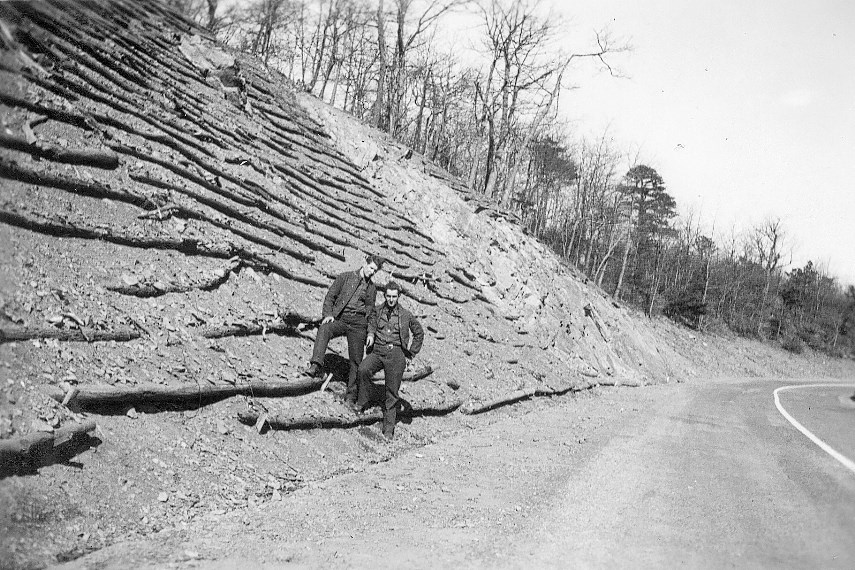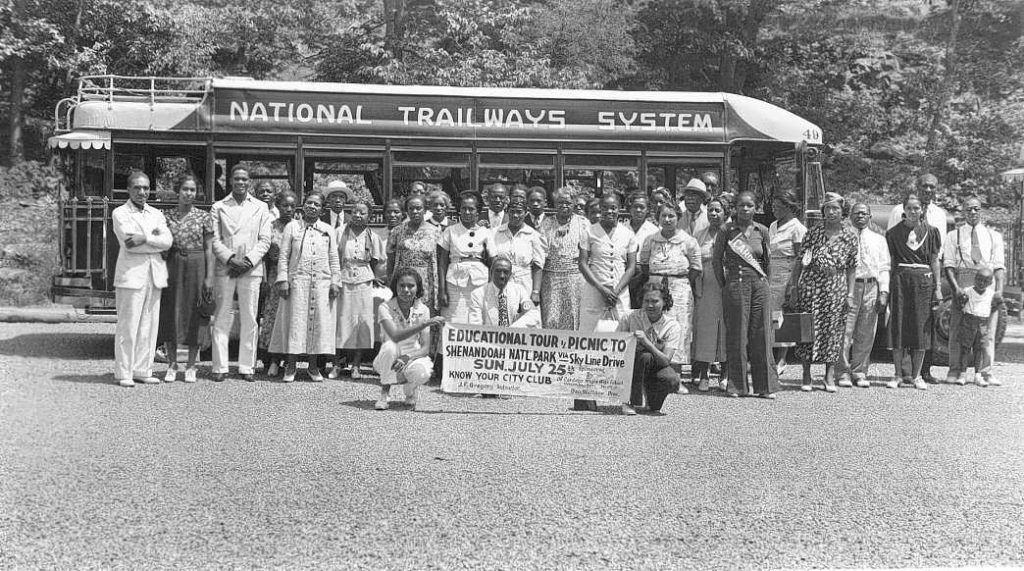From Idea To Reality
The president’s vision for Shenandoah National Park is fulfilled every day of the year. Over a million people visit Shenandoah every year seeking a break from their day-to-day lives. Visitors take in panoramic vistas from Skyline Drive; share picnics with family members; saddle horses for trail rides; hike mountains; wade under waterfalls; and find physical, emotional and spiritual respite.
Our 200,000-acre park that spans the crest of the Blue Ridge Mountains harbors significant biological diversity. Large mammals like black bear, whitetail deer, and bobcat are iconic, but our park is replete with birds, fish, reptiles and amphibians, including the globally rare Shenandoah salamander—found on three ridge tops in our park and nowhere else on the planet.
Shenandoah’s plant communities are also diverse and ecologically important, from milkweed that supports monarch butterflies to ancient ferns to mixed hardwood forests that help clean our air, cool our mountain streams and support myriad wildlife species.










